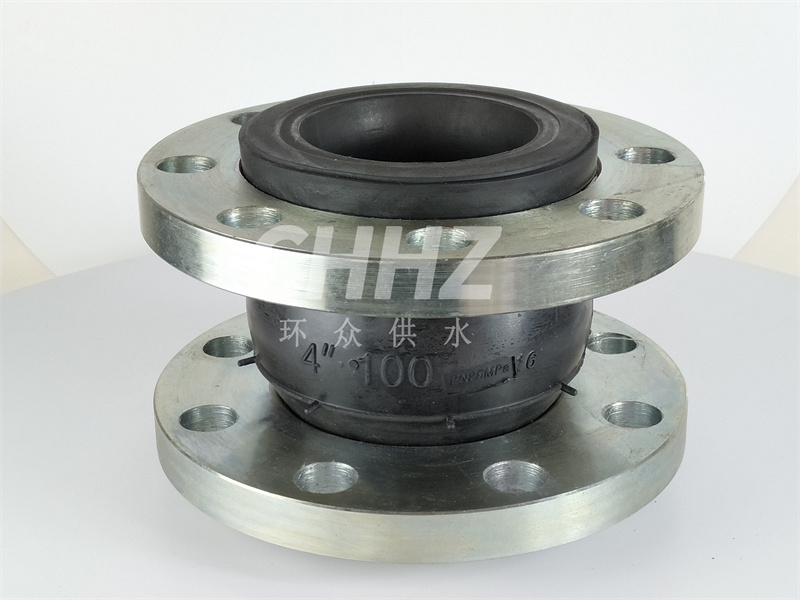Material function of oil resistant rubber joints.
Oil-resistant rubber joints can be divided into: single-ball oil-resistant rubber joints and multi-ball oil-resistant rubber joints. Because of the structural differences, different oil resistant rubber joints are used in vibration damping projects. The difference is great, so in large projects, the new type of multi-sphere oil resistant rubber joint is tested to enhance the seismic function of the pipeline.
The sphere of the oil-resistant rubber joint is composed of a rubber tube with an inner rubber layer, a reinforcement layer with multiple layers of scraped nylon cord fabric, and a composite outer rubber layer. Depending on the temperature of oil, the oil resistant rubber used is different.
Oil-resistant rubber joints are special material rubber joints developed on the basis of general rubber joints. These rubber joints are generally made of nitrile rubber, which is made of butadiene and acrylonitrile by emulsion polymerization method. Nitrile rubber is mainly produced by low-temperature emulsion polymerization method, with excellent oil resistance, high wear resistance, better heat resistance and strong adhesion. With the increase of nitrile content, its ductility, stretchability gradually increases, poor ozone resistance, poor electrical properties, resilience and low temperature resistance will be reduced. But these do not affect its oil resistance. NBR has better heat resistance, it is better than natural rubber and styrene-butadiene rubber, long-term use temperature up to 100 degrees Celsius, 120 degrees Celsius can be used for 40 days.
NBR is mainly used to make oil-resistant products, such as oil-resistant tubes, tapes, rubber films and large oil bladders, etc. It is often used to make all kinds of oil-resistant molded products, such as O-rings, oil seals, leather bowls, diaphragms, movable doors, bellows, hoses, seals, foam, etc. It is also used to make rubber plates and wear-resistant parts.
